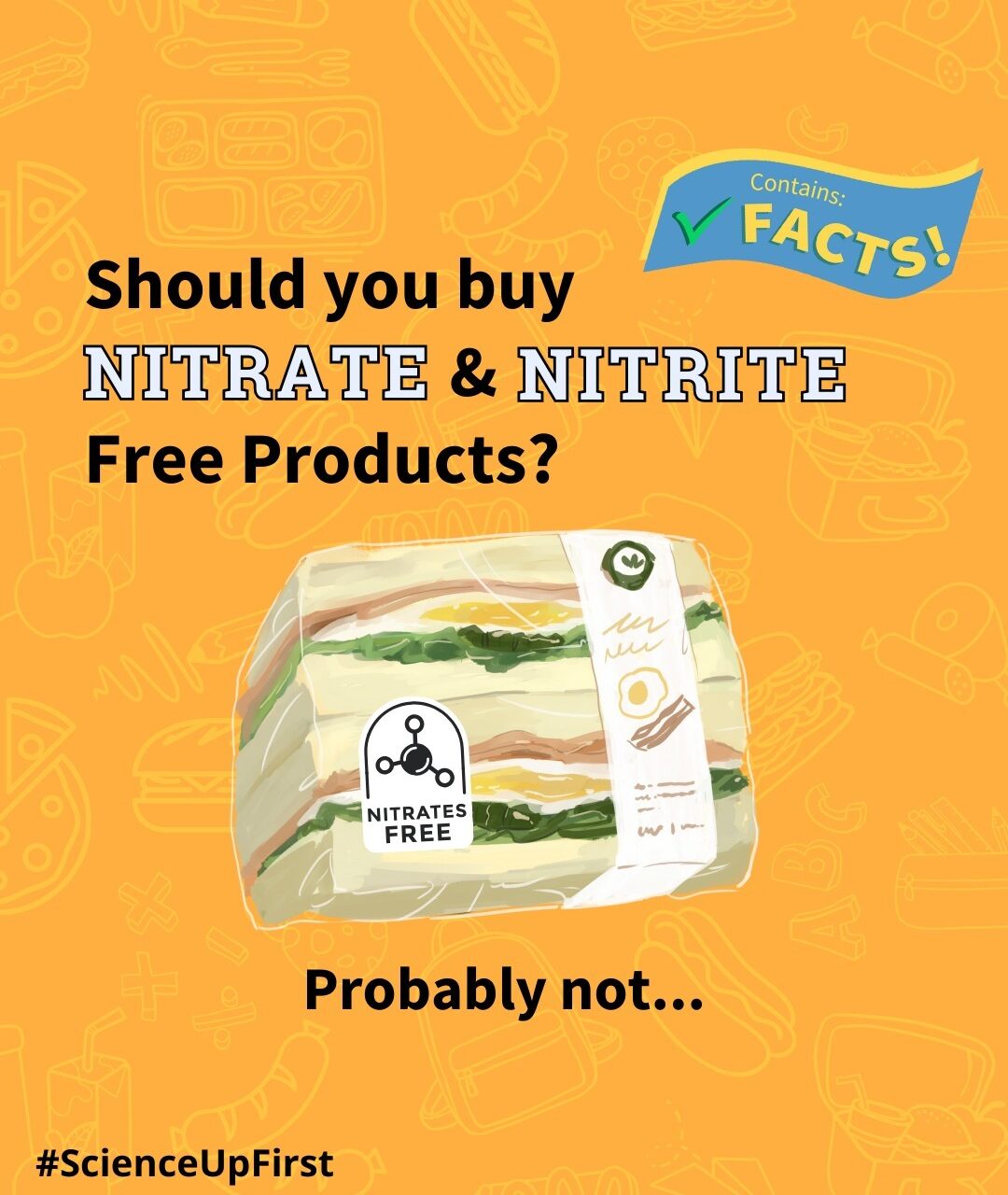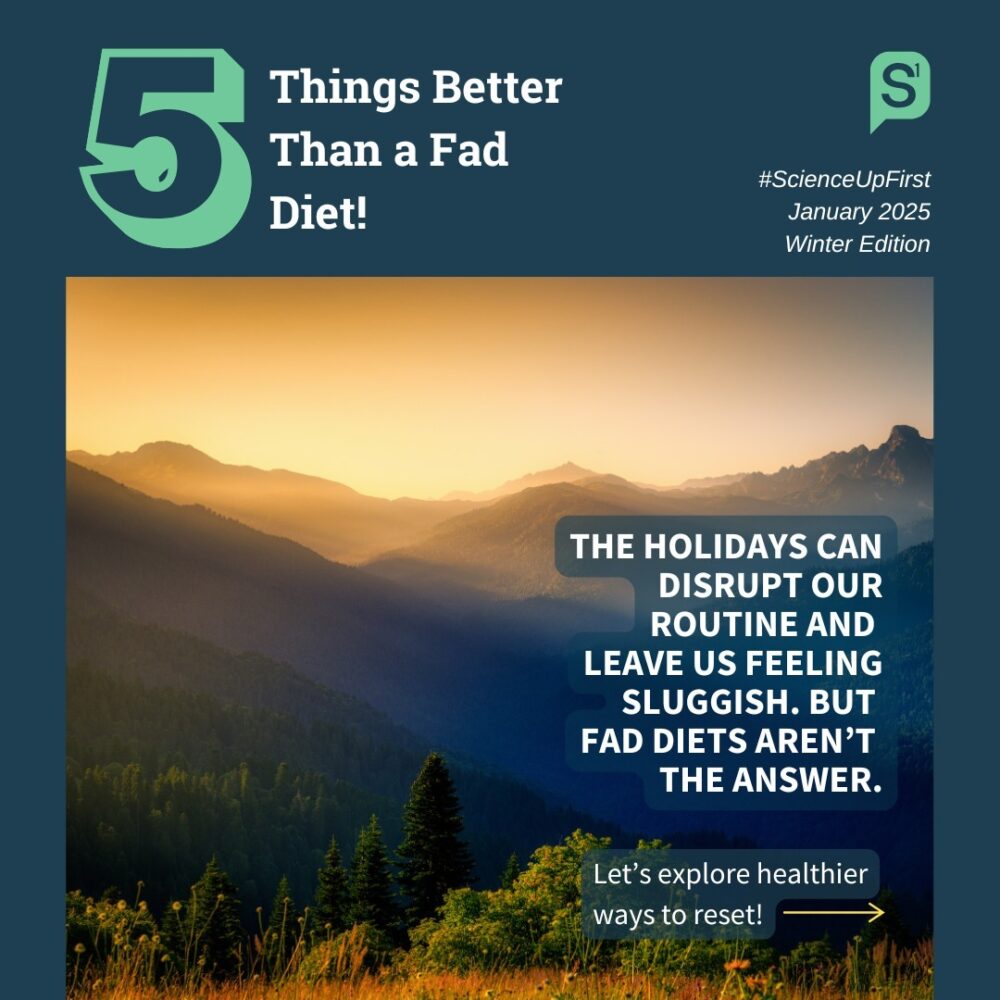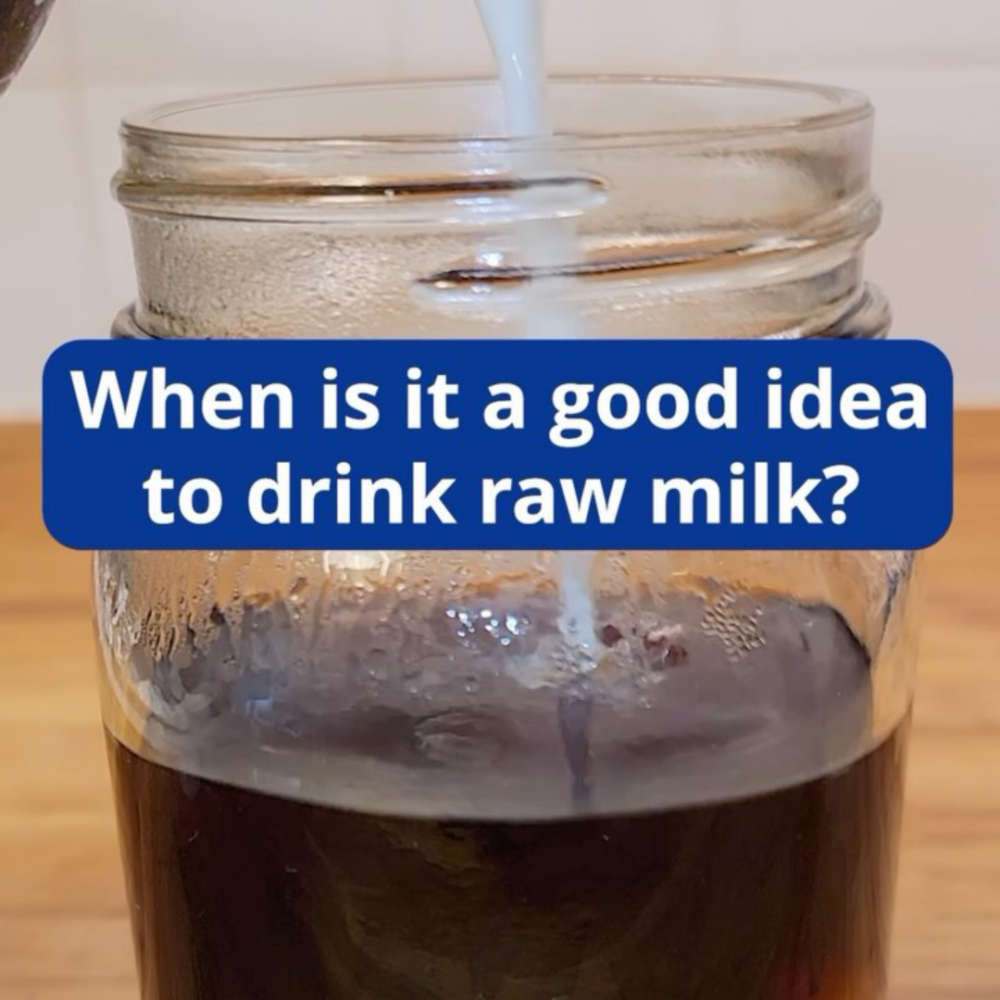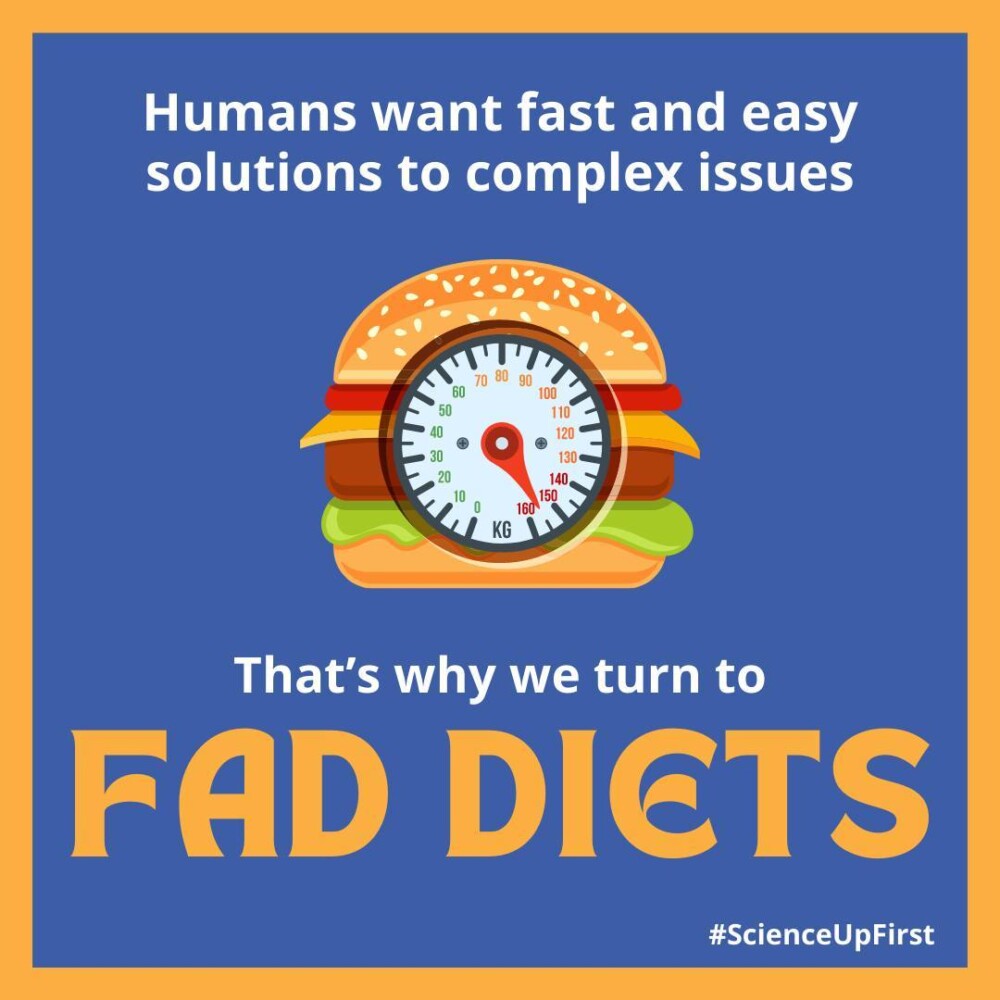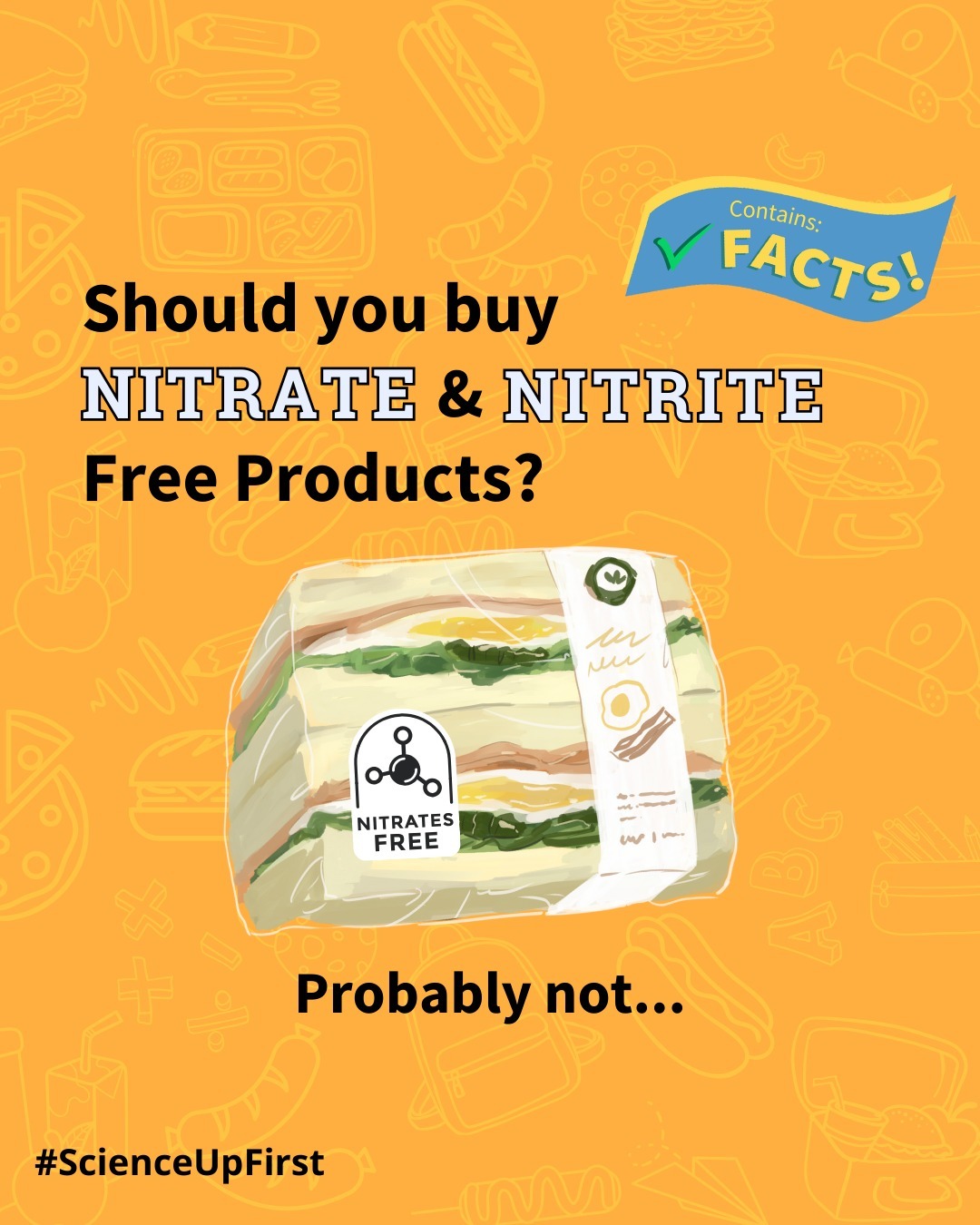
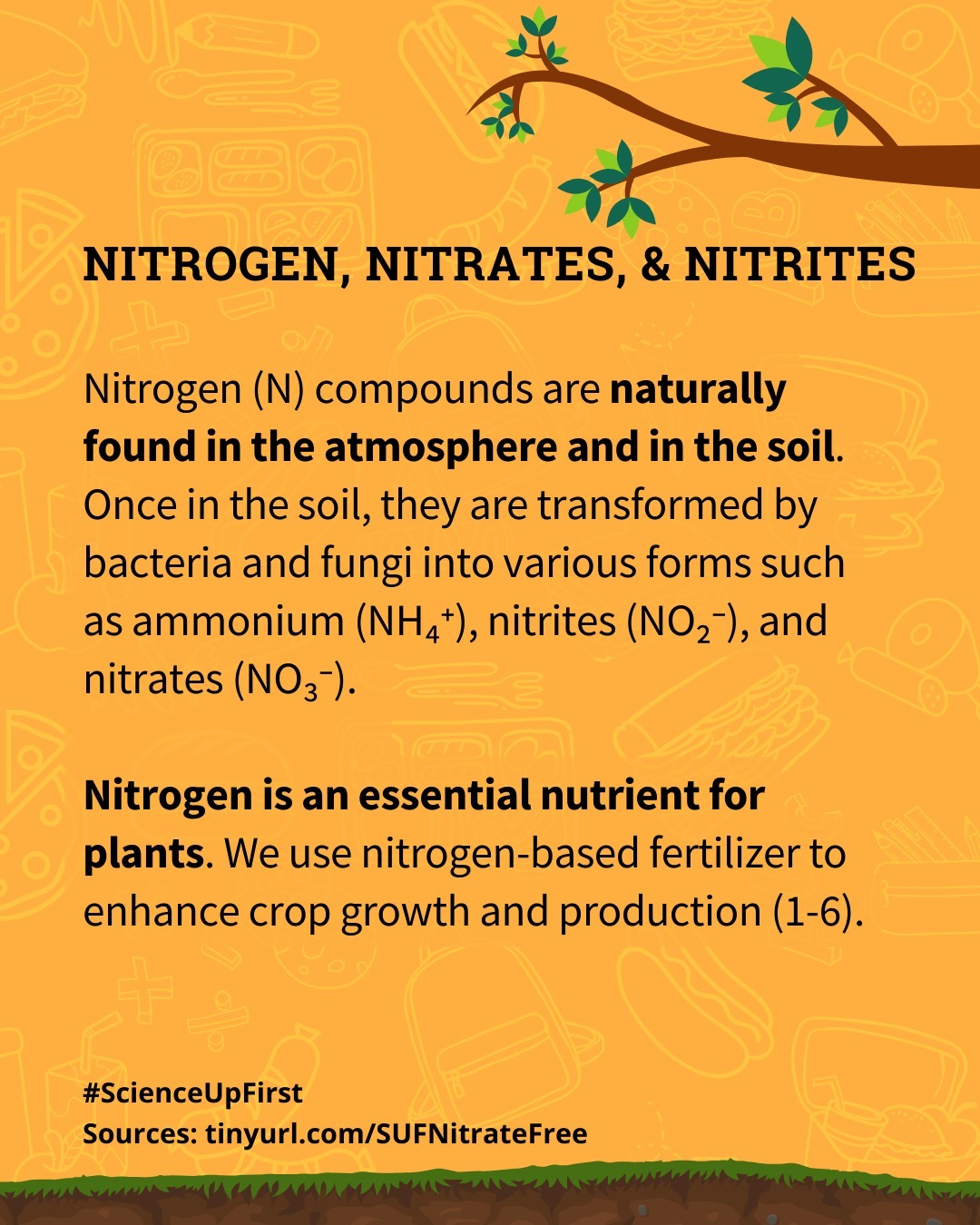
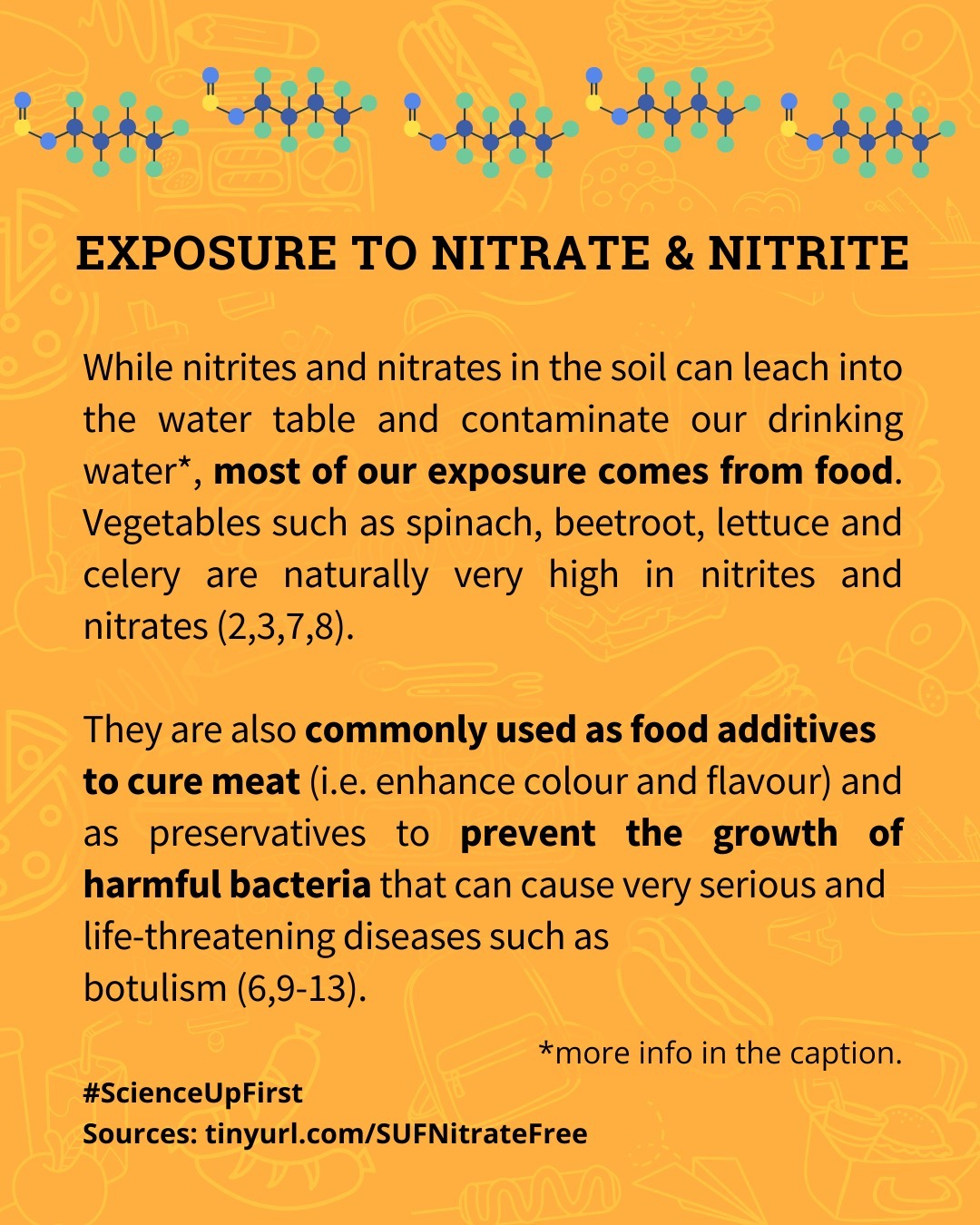
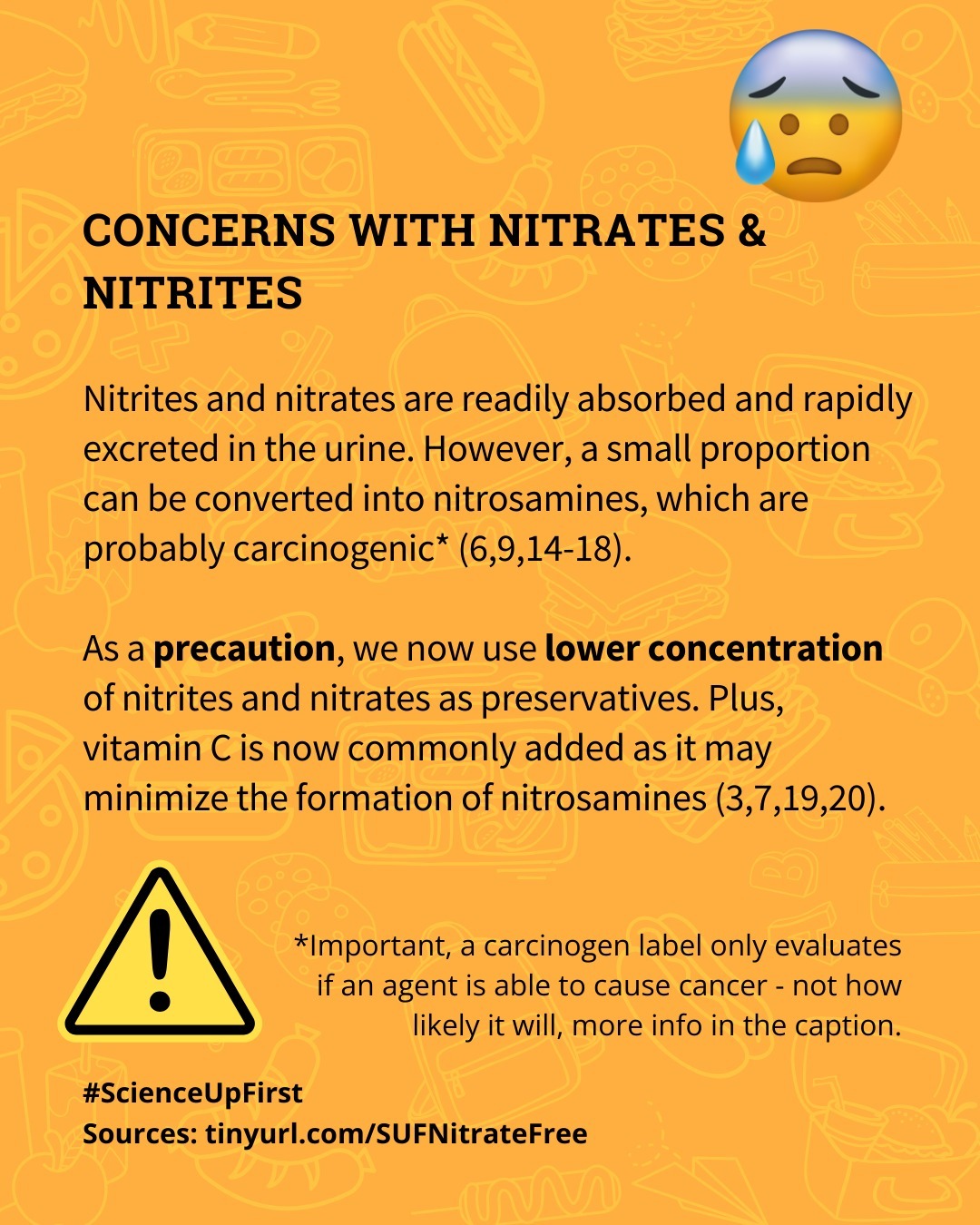
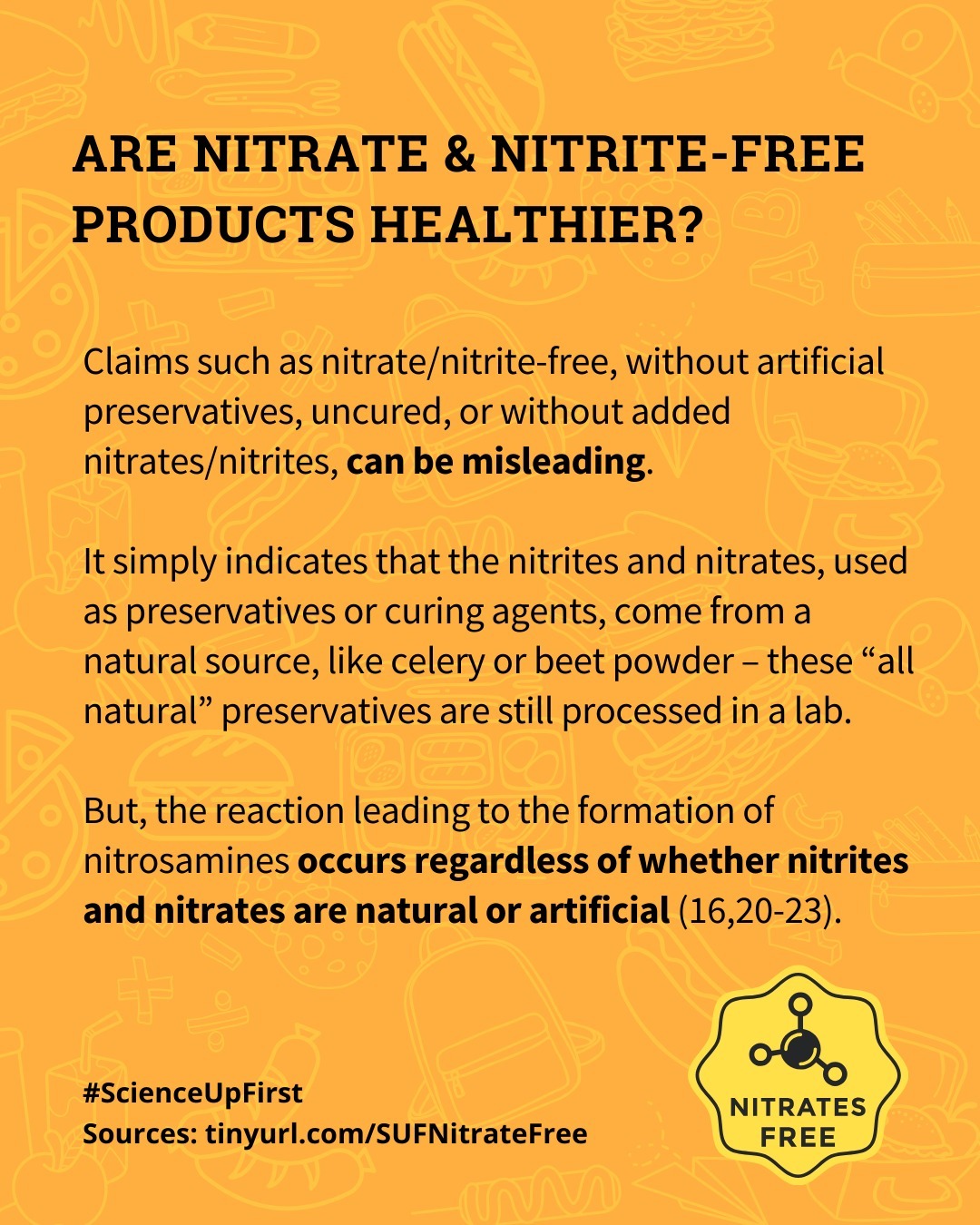
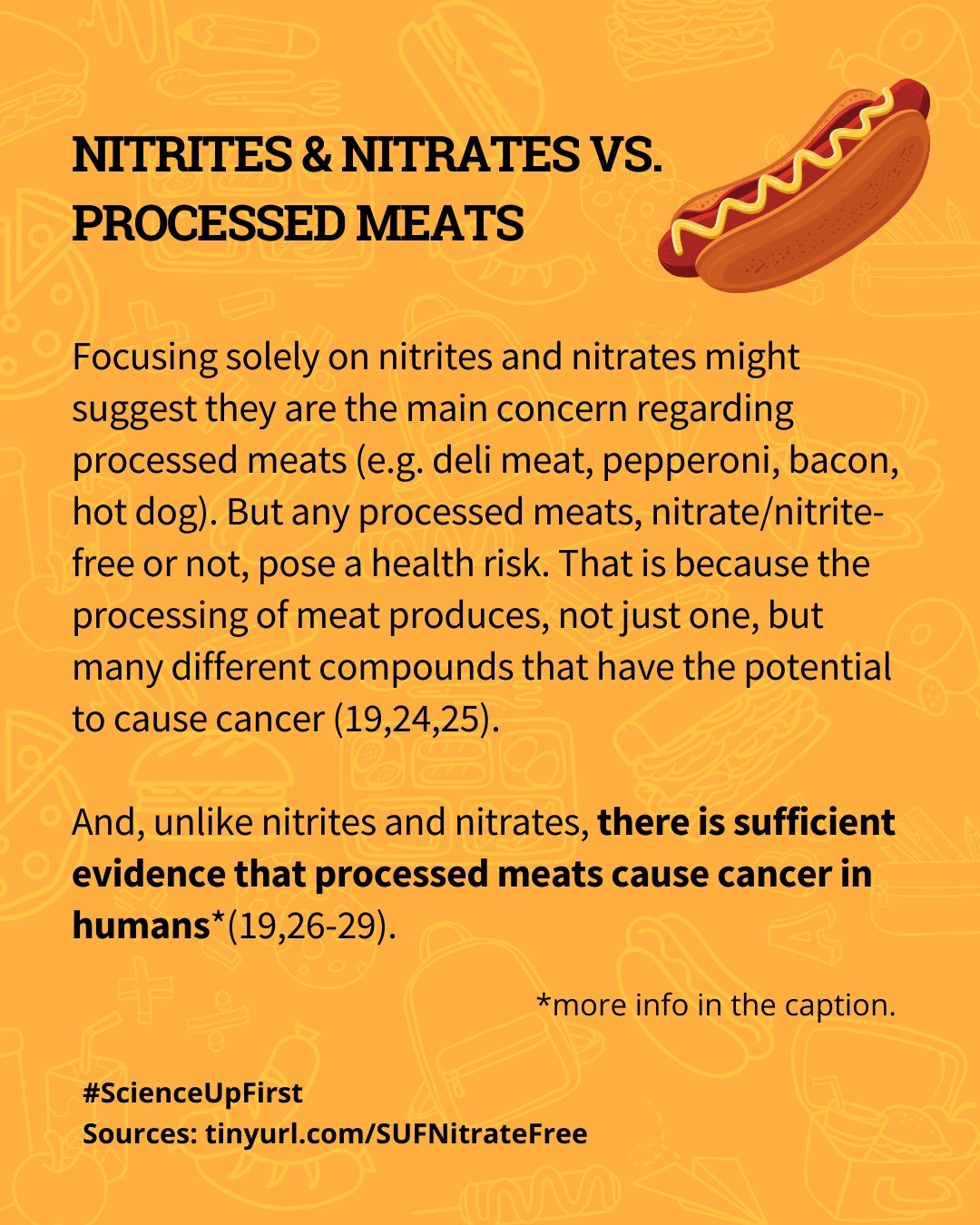

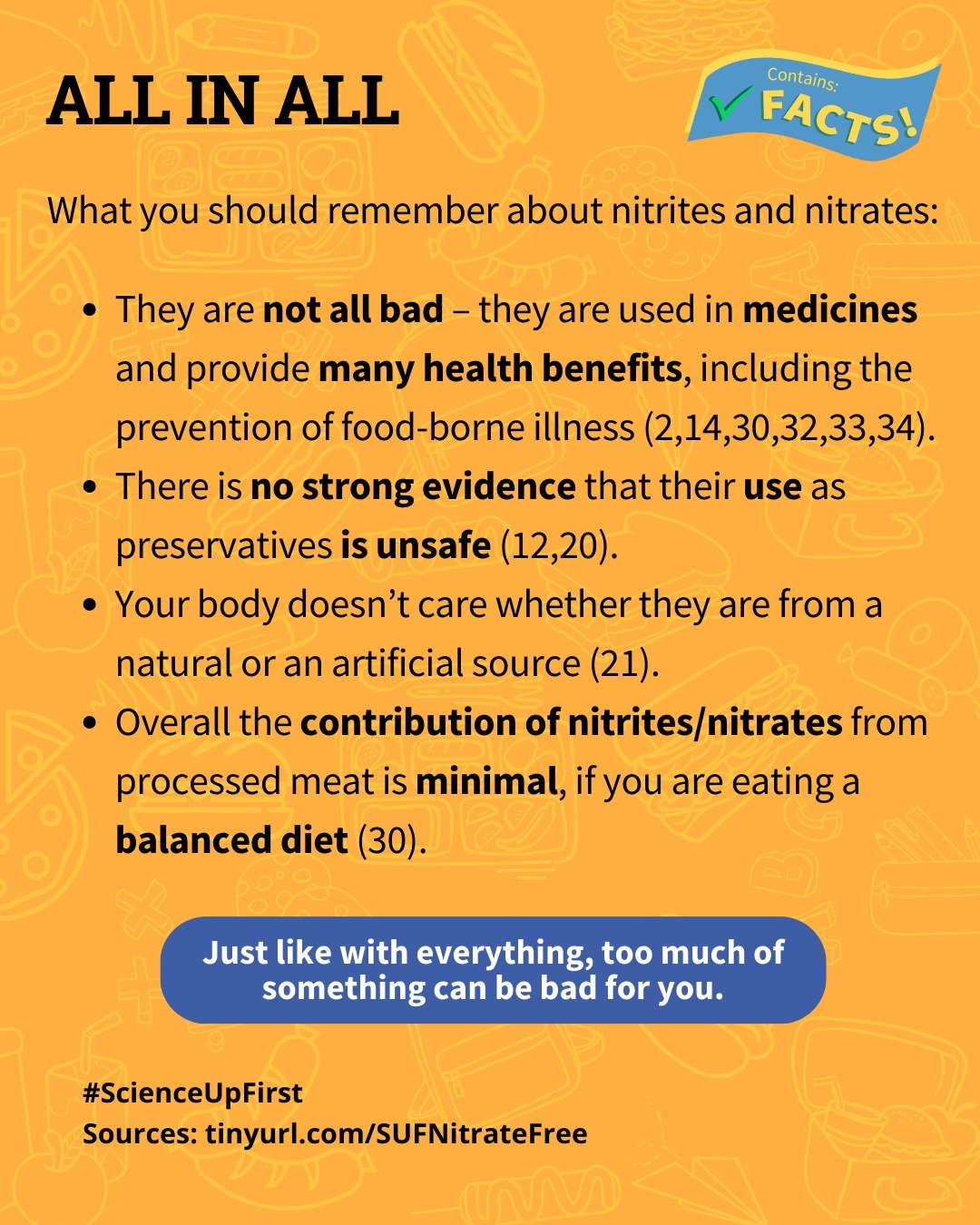
It’s back-to-school season and folks have healthy lunches on their mind. Products labeled as nitrite/nitrate free, or without artificial preservatives are often perceived as being healthier, but is it true? Read this post for the answer!
Below is additional information you might find helpful while reading the full post 👇
High concentrations of nitrite/nitrate can make people sick. Bottle fed infants – especially those under 3 months – are particularly vulnerable as it can cause methemoglobinemia, a.k.a the blue baby syndrome (5,8).
Nitrites and nitrates are colorless, tasteless and odorless and can only be detected through testing. If you live in an agricultural area or have your own source of drinking water, it is recommended that you test your drinking water for nitrite/nitrate contamination often – especially if you are pregnant or nursing (5,7,8,35,36,37).
Ingested nitrites and nitrates were classified as probably carcinogenic to humans (Group 2A) by the International Agency for Research on Cancer (IARC) in 2010 based on (9,27,28,29):
- Limited evidence that nitrates/nitrites in food might be associated with an increased risk of stomach cancer.
- Sufficient evidence that it can cause cancer in lab animals when ingested.
In 2018, IARC classified processed meat as carcinogenic to humans (Group 1) based on (19,27,28,29):
- Sufficient evidence that their consumption can cause colorectal and potentially stomach cancer in humans.
However, it is important to remember that the IARC evaluation is not a measure of how likely you are to develop cancer from the product (i.e. the risk). It only evaluates if an agent is able or not to cause cancer (38).
Cold cuts are not “toxic” but are best consumed in moderation (30).
Remember, cancer is complex and multifactorial. Being exposed to carcinogens is not a cancer sentence – everyone is exposed to UV radiation, a group 1 carcinogen, but not everyone develops skin cancer (31,39).
- What Are Nitrates and Nitrites? | Agency for Toxic Substances and Disease Registry (ATSDR)
- Where Are Nitrates and Nitrites Found? | Agency for Toxic Substances and Disease Registry (ATSDR)
- Nitrate/Nitrite | Government of Canada | June 1987
- Fertilizer – Definition, Types, Plant Nutrients, Application, & Facts | Britannica | Updated December 2023
- Guidelines for Canadian Drinking Water Quality: Guideline Technical Document – Nitrate and Nitrite | Government of Canada | June 2013
- Public health statement for nitrate and nitrite | Agency for Toxic Substances and Disease Registry (ATSDR)
- Nitrates / Nitrites | Institut national de santé publique du Québec
- Is there nitrate/nitrite in my drinking water? | My Health Alberta
- Ingested Nitrate and Nitrite, and Cyanobacterial Peptide Toxins | World Health Organization (WHO) – International Agency for Research on Cancer (IARC) | 2010
- Sodium Nitrite | Chapter in Encyclopedia of Toxicology (Third Edition) on ScienceDirect | 2014
- Nitrites | Chapter in Encyclopedia of Toxicology (Third Edition) on ScienceDirect | 2014
- EFSA Explains Risk Assessment: Nitrites and Nitrates Added in Food | European Food Safety Authority (efsa) | 2017
- Botulism | World Health Organization (WHO) | September 2023
- Nitrates/Nitrites in Food—Risk for Nitrosative Stress and Benefits | Antioxidants on PubMed Central | March 2020
- WHO report says eating processed meat is carcinogenic: Understanding the findings | The Nutrition Source by Harvrd T.H. Chan School of Public Health
- Danger at the Deli | Consumer Reports | August 2019
- Nitrosamine and related food intake and gastric and oesophageal cancer risk: a systematic review of the epidemiological evidence | World Journal of Gastroenterology on PubMed | July 2006
- What Is the Biologic Fate of Nitrates and Nitrites in the Body? | Agency for Toxic Substances and Disease Registry (ATSDR)
- Red Meat and Processed Meat | World Health Organization (WHO) – International Agency for Research on Cancer (IARC) | 2018
- The Truth About Nitrite in Lunch Meat | Live Science | May 2013
- Nitrates in food and medicine: What’s the story? | Harvard Health Publishing | February 2022
- Cured meat products without direct addition of nitrate or nitrite: what are the issues? | Meat Science on ScienceDirect | September 2007
- Duped In The Deli Aisle? ‘No Nitrates Added’ Labels Are Often Misleading | NPR | August 2019
- Does Eating Processed Meat Increase Your Risk for Cancer? | Cancer.Net | September 2023
- Limit red and processed meat | Canadian Cancer Society
- Cancer: Carcinogenicity of the consumption of red meat and processed meat | World Health Organization (WHO) | October 2015
- List of Classifications – IARC Monographs on the Identification of Carcinogenic Hazards to Humans | World Health Organization (WHO) – International Agency for Research on Cancer (IARC)
- Agents Classified by the IARC Monographs, Volumes 1–135 | World Health Organization (WHO) – International Agency for Research on Cancer (IARC)
- IARC Monographs on the Identification of Carcinogenic Hazards to Humans – Preamble | World Health Organization (WHO) – International Agency for Research on Cancer (IARC) | January 2019
- The truth about the nitrates in your food | BBC | March 2019
- Carcinogen | National Human Genome Research Institute | Updated January 2024
- Beetroot juice lowers high blood pressure | British Heart Foundation (BHF) | January 2015
- Effects of Beetroot Juice Supplementation on Cardiorespiratory Endurance in Athletes. A Systematic Review | Nutrients on PubMed Central | January 2017
- Sodium nitrite | DrugBank Online
- Nitrate in well water | HealthLinkBC – British-Columbia | March 2021
- Nitrate in Manitoba Water Supplies | Government of Manitoba | March 2011
- Water Quality | Government of Canada
- IARC Monographs on the Identification of Carcinogenic Hazards to Humans – Questions and Answers | World Health Organization (WHO) – International Agency for Research on Cancer (IARC) | December 2019
- Known and Probable Human Carcinogens | American Cancer Society
Share our original Tweet!
Are you confused by claims about nitrites and nitrates? Some say they are really bad for you, but it’s not that simple.
— ScienceUpFirst | LaScienced'Abord (@ScienceUpFirst) September 18, 2024
You can read more about it here 👇https://t.co/5Ij13LIX3X#ScienceUpFirst pic.twitter.com/ZaNIyMMPNK
View our original Instagram Post!

